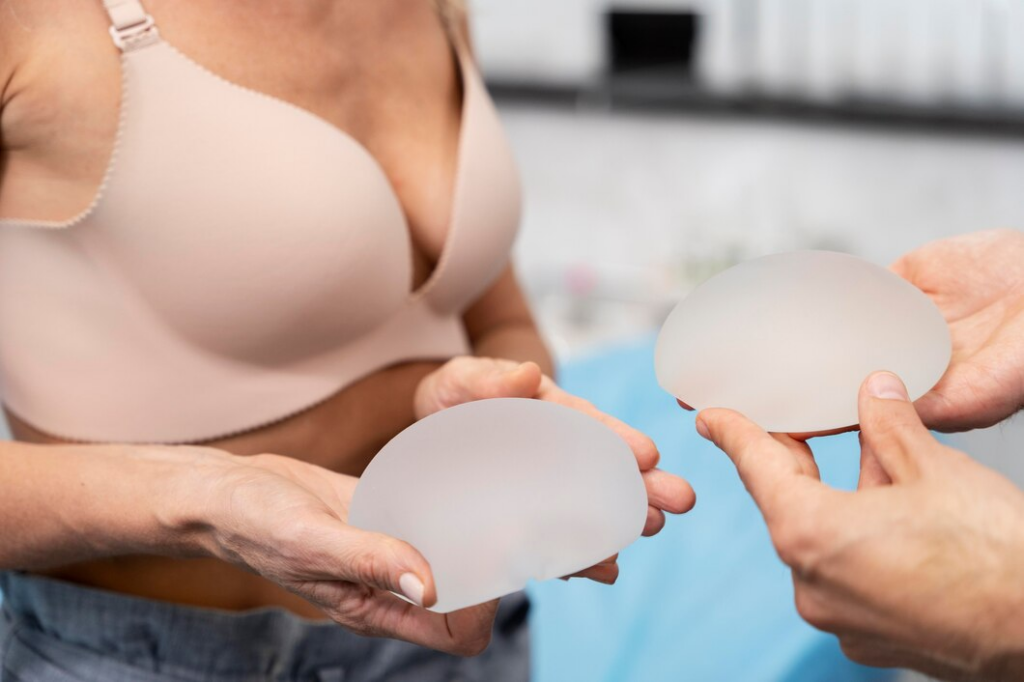Breast uplift surgery, or mastopexy, is a procedure to improve breast shape and firmness. While it’s a common cosmetic procedure, its availability on the National Health Service (NHS) in the UK is strictly limited. This article clarifies the eligibility criteria, assessment process, and alternative options.
Table of Contents
NHS Breast Uplift Eligibility Criteria
The NHS prioritizes surgical procedures based on medical necessity, not cosmetic preference. An NHS breast uplift is exceptionally rare and only considered in specific circumstances. These typically involve cases where significantly sagging breasts cause significant physical discomfort, such as persistent back pain, neck pain, or skin irritation under the breasts. The degree of ptosis (sagging) must be substantial, and conservative measures like weight management or physiotherapy must have been exhausted without sufficient improvement.
Eligibility isn’t solely determined by the degree of sagging. The patient’s overall health and suitability for surgery are crucial factors. Pre-existing conditions, such as heart disease or diabetes, may impact eligibility. A thorough medical history and examination are mandatory. Furthermore, the patient must be a resident of the UK and registered with a GP. Simply wanting a more aesthetically pleasing breast shape will not qualify a patient for NHS funding.
The decision-making process involves multiple healthcare professionals. Your GP will initially assess your request and may refer you to a specialist breast surgeon. The surgeon will conduct a comprehensive assessment, including a physical examination, reviewing medical history, and potentially ordering further investigations. Their recommendation is crucial in determining whether your case meets the stringent NHS criteria for a funded uplift. The process can be lengthy and involves multiple consultations.
Ultimately, securing an NHS breast uplift is challenging. The NHS focuses its resources on treating conditions that pose a significant threat to health or well-being. Cosmetic enhancements are generally not considered a priority. Transparency and realistic expectations are vital when considering this option.

Assessing Your Need for a Breast Uplift
Assessing the need for a breast uplift involves a careful evaluation of both aesthetic and functional concerns. While aesthetic desires are understandable, the NHS prioritizes functional issues. The surgeon will meticulously examine the degree of breast ptosis, assessing its impact on posture, back pain, and skin irritation. Detailed measurements and photographic documentation are usually part of the assessment process.
The patient’s medical history is thoroughly reviewed to identify any potential contraindications for surgery. This includes evaluating pre-existing conditions, medication use, and any previous surgeries. The surgeon will also assess the patient’s overall health and fitness for anesthesia. A comprehensive discussion about expectations and potential risks and complications associated with the procedure is essential.
The surgeon will discuss alternative non-surgical options, such as supportive bras or physiotherapy, to alleviate any discomfort caused by breast sagging. These conservative treatments are usually attempted before considering surgery. The decision to proceed with surgery is a collaborative one, involving both the patient and the surgeon, based on a thorough assessment of the benefits and risks.
The assessment process aims to ensure that the surgery is medically necessary and not purely cosmetic. Patients should be prepared for a frank and open discussion about their expectations and the limitations of the NHS in providing funding for purely cosmetic procedures. Honest communication between the patient and the surgeon is paramount to making an informed decision.

The NHS Breast Surgery Process
If deemed eligible, the NHS breast uplift process follows a standardized protocol. The procedure itself involves reshaping and repositioning breast tissue, often involving the removal of excess skin. The specific surgical technique employed depends on the individual’s anatomy and the degree of ptosis. The surgeon will explain the procedure in detail, outlining the expected outcomes and potential complications.
Following the surgery, a period of recovery is necessary. This involves pain management, wound care, and regular follow-up appointments with the surgical team. The recovery period can vary, but patients should expect some discomfort and limitations in their daily activities for several weeks. Wearing a supportive bra is usually recommended to aid in healing and support the breasts.
Post-operative care is crucial for optimal results. This includes adherence to prescribed medication, regular wound cleaning, and attending all scheduled follow-up appointments. The surgeon will monitor the healing process and address any concerns or complications that may arise. Regular check-ups are essential to ensure proper healing and to detect any potential problems early on.
The entire NHS process, from initial consultation to post-operative care, can be lengthy. Waiting times for surgery can be significant, depending on the demand and the availability of resources. Patience and understanding are essential throughout the process. Open communication with the surgical team is vital for addressing any concerns or questions.

Alternatives & Private Options
If NHS funding is unavailable, private healthcare offers an alternative route to breast uplift surgery. Private clinics provide a wider range of surgical techniques and potentially shorter waiting times. However, the cost is significantly higher, varying depending on the surgeon’s fees, the clinic’s location, and the complexity of the procedure.
(Rule 2 activated)
| Country | Average Cost ($) |
|---|---|
| United Kingdom | 6,000 – 10,000 |
| United States | 8,000 – 15,000 |
| Canada | 7,000 – 12,000 |
| Turkey | 3,000 – 6,000 |
| Australia | 8,000 – 14,000 |
These costs are estimates and can vary widely. It’s crucial to obtain detailed quotes from multiple clinics before making a decision. Factors such as the surgeon’s experience and the specific techniques used can influence the final price. Thorough research is essential to ensure you’re choosing a reputable clinic and a qualified surgeon.
Financing options, such as medical loans or payment plans, may be available through private clinics. It’s advisable to explore these options to make the procedure more financially manageable. Remember that the cost of private surgery includes the consultation fees, the surgical procedure itself, anesthesia, and post-operative care.
Choosing a private option requires careful consideration. It’s vital to verify the surgeon’s qualifications, experience, and credentials. Reading patient reviews and seeking recommendations can help in making an informed decision. Prioritizing safety and quality of care should be paramount when selecting a private clinic for breast uplift surgery.
Securing a breast uplift on the NHS is challenging due to its stringent eligibility criteria. While the NHS prioritizes medically necessary procedures, private options exist for those seeking this surgery. Careful consideration of the costs, risks, and benefits is crucial, regardless of the chosen route. Always consult with a qualified medical professional for personalized advice.
Transform Your Confidence with Surgyteam!
Join the thousands of satisfied patients who have experienced the exceptional care and expertise of Surgyteam’s renowned plastic surgeons. Whether you’re seeking aesthetic enhancements or reconstructive surgery, our dedicated team in Antalya is here to provide you with the highest quality treatment and personalized care.



